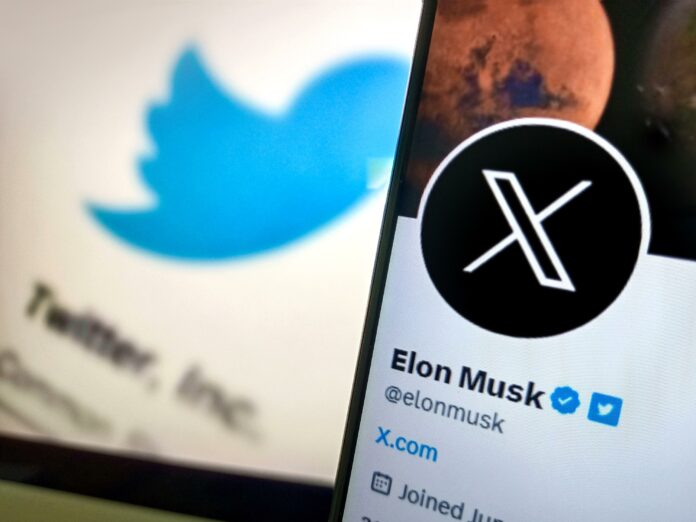
By Mike Hume
Given the increase in issues vexing travelers, it’s common to see frustrated fliers air their complaints on social media while tagging the offending airline in their posts.
Maybe they’re miffed at a flight disruption or lost baggage. They’re likely hoping that a public shaming will spur the airline into fixing their problem. While airlines are active on social media and typically engage with aggrieved travelers in their direct messages, these types of posts are also prompting scam artists to swoop in and “help.”
In late January, after a second trip back from the runway to the gate to address a “paperwork” issue, I posted to X (formerly Twitter) about the flight delays. That generated the following reply from “Patrick, JetBlue Manager.”
“We apologize for the situation and inconvenience caused. In order for us to be able to check about the situation, we kindly request that you please send us your reachable phone number so agent, JP Can assist.”
Patrick was here to save me from a day of interminable, teeth-grinding delays … or was he?
Shortly after Patrick’s reply came another notification that my previous post was liked and retweeted by an account bearing the name Thomas Clark JetBlue Supervisor. Thomas wrote: “Hi apologies for the inconvenience caused, kindly follow back and share a reachable number via DM for assistance please. Thank you.”
In addition to the odd social media interactions, there were reasons to be suspicious. Neither of the accounts had any kind of verification mark, and the account handle for “Patrick” had misspelled the word “manager” as “@PManeger1.” Additionally, “Patrick” seemed to be pretty new to the job, starting the account in January of 2024 and had since acquired zero followers.
A cursory Google search revealed the offer of help was, indeed, too good to be true. The overhaul of X’s account verification system from legacy badges to a pay-for-play model has contributed to the problem.
“Along with the rest of the industry, we have seen several fake social media accounts falsely representing themselves as JetBlue to deceive and defraud customers,” Derek Dombrowski, senior manager, corporate communications for JetBlue, wrote in an email to The Post.
Dombrowski said the airline works with a cyber fraud prevention business and its own legal counsel to combat the fraudulent posters. But with fraudulent social media accounts so easy to create, the removal process is akin to whack-a-mole. That means you better stay vigilant to avoid these predatory practices.
– – –
How the scam works
After travelers vent their frustrations on social media, the scammer swoops in to offer assistance. That’s when they ask for personal information like a phone or WhatsApp number via direct message to continue the conversation and resolve the issue. That resolution often entails an offer to rebook your flight reservation and an ask for your credit card number.
What can be particularly confusing is when scammers pop into an existing X exchange between the traveler and the legitimate account for an airline.
That’s why airlines like JetBlue state consumers should only engage with an official JetBlue account, carrying a gold verification mark on X, or a blue verification marks on Facebook and Instagram.
– – –
How to spot a scammer
First, look for the correct verification check mark. Official corporate accounts airlines’ now carry gold marks on X. If any account without a gold check mark reaches out about your complaint, don’t engage.
Also, be suspicious if the response comes from a personal account instead of the main airline account.
“Our social care agents respond to customers directly from United’s verified social media accounts, never from an individual account,” said Erin Jankowski, a global response communications specialist with the airline.
Some fake accounts may have obvious cracks in their facade, such as misspellings in the account name or demonstrating odd conduct, like reposting your complaint. And any time someone asks for password or payment information over social media, your internal fraud alarm should go off.
“We also remind all our customers that we will never ask for payment or password information via social media support,” JetBlue’s Dombrowski said.
– – –
What to do if a scammer contacts you
For starters, steer clear and don’t respond to them. If you want to be proactive, you can file a report directly with the social media platform and/or with the Federal Trade Commission (FTC). You can also alert the airline so they can take action as well.
“Our teams actively report accounts impersonating United agents,” Jankowski said.
– – –
What to do if you sent a scammer money
If you mistakenly sent money to a scammer, the FTC has a helpful online resource page that provides guidance based on the type of transaction.
Bitcoin enthusiasts should be warned, however, that it is very difficult to recover money if you paid in cryptocurrency.
– – –
How to actually get help from an airline
Don’t tweet at an airline to solve your travel woes. (If you do go the social route, DM the airline instead.) The safest bet is to follow the advice posted by JetBlue (and echoed by other airlines) in its X bio. For any request that requires a response, such as assistance resolving a complaint or travel issue, use the airlines’ official webpage or app. It may not be as superficially satisfying as airing your grievance in the public square of social media, but at least you’ll be safe from potential predators.
(c) 2024 , The Washington Post · Mike Hume











